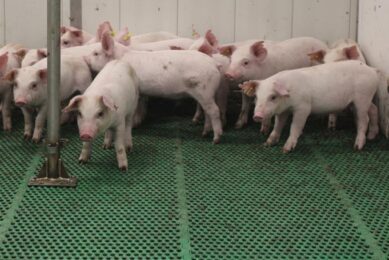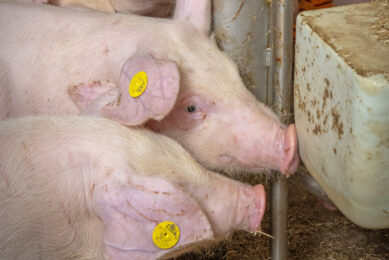ACMC: Getting gilt integration right
With good returns on finished pigs, attractive cull sow prices and a contracting EU pig herd, many producers are building up their breeding herds again, some of which have been run at below optimum capacity for a long time.
But with an influx of new gilts it is important to follow correct integration procedures if they are to perform well to make the most of the favourable market conditions, advises Malcolm Stead, production director of Yorkshire-based pig genetics company ACMC.
The new gilts should always be isolated for six weeks. If they are high-health status it is advisable to check with the supplying company that the health status of the source farm hasn’t changed before they are allowed to leave the quarantine buildings. A sentinel pig from the finishing pens can join them. This can then be checked at slaughter.
An obvious point, but one that is sometimes overlooked, is to ensure that the gilts are not overstocked but have enough room in both quarantine buildings and when joining the new herd.
It is also important, he says, to ensure that the gilts are served at the correct age — not just bodyweight — as all the scientific evidence shows that serving them too early not only affects their first litter but also damages subsequent performance. Gilts should be at least 240 days old and weigh over 120 kg.
He also advises buying in sufficient gilts to maintain a good gilt pool to meet farrowing targets. Larger and fewer intakes are better than more, smaller ones and this also reduces transport costs.
Serving gilts in a large pool can lead to unpredictability in the farrowing pattern, but this can be overcome by using a synchronising product, such as Regumate, to ensure service schedules are met.
Related website
• ACMC©











